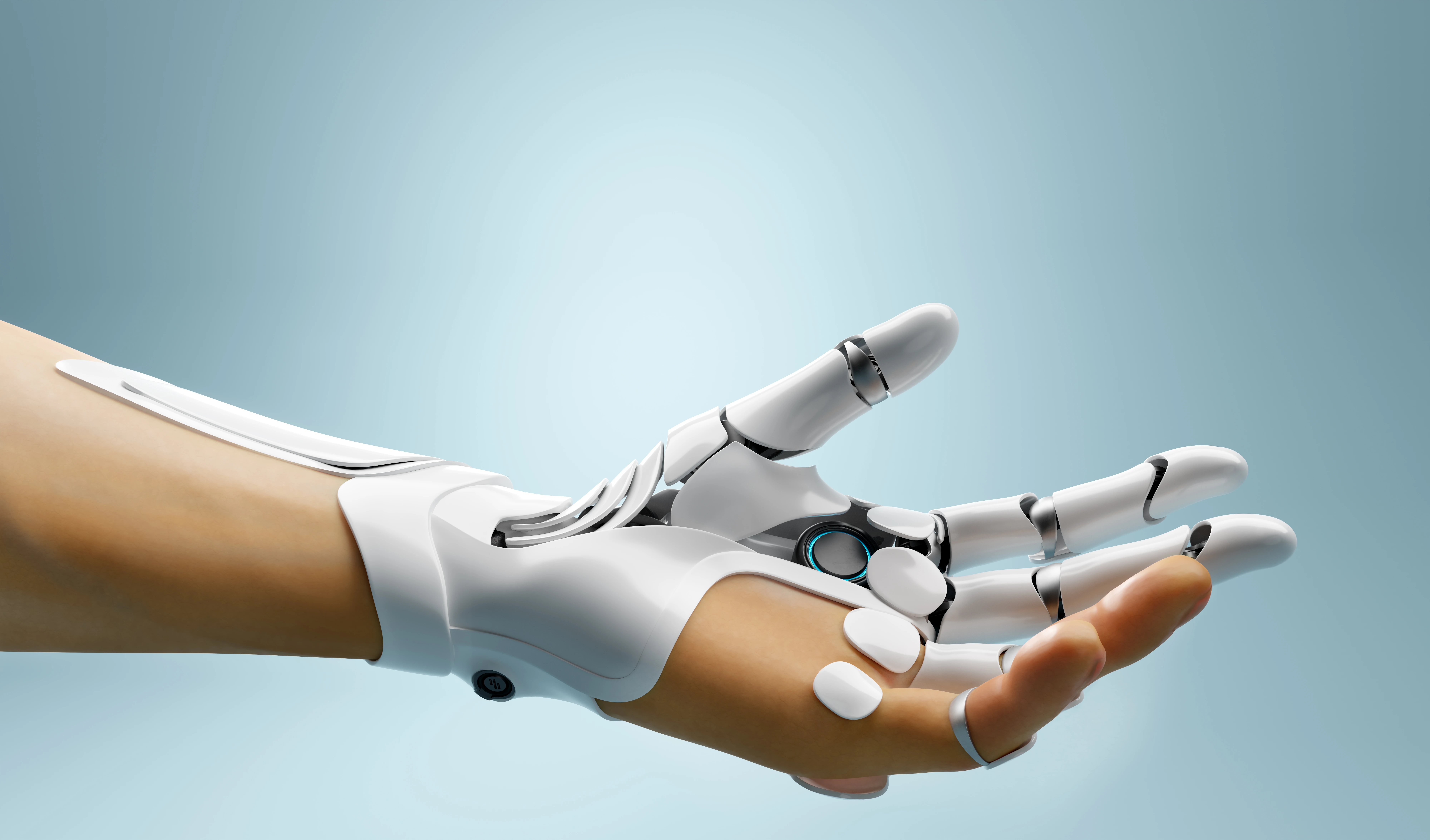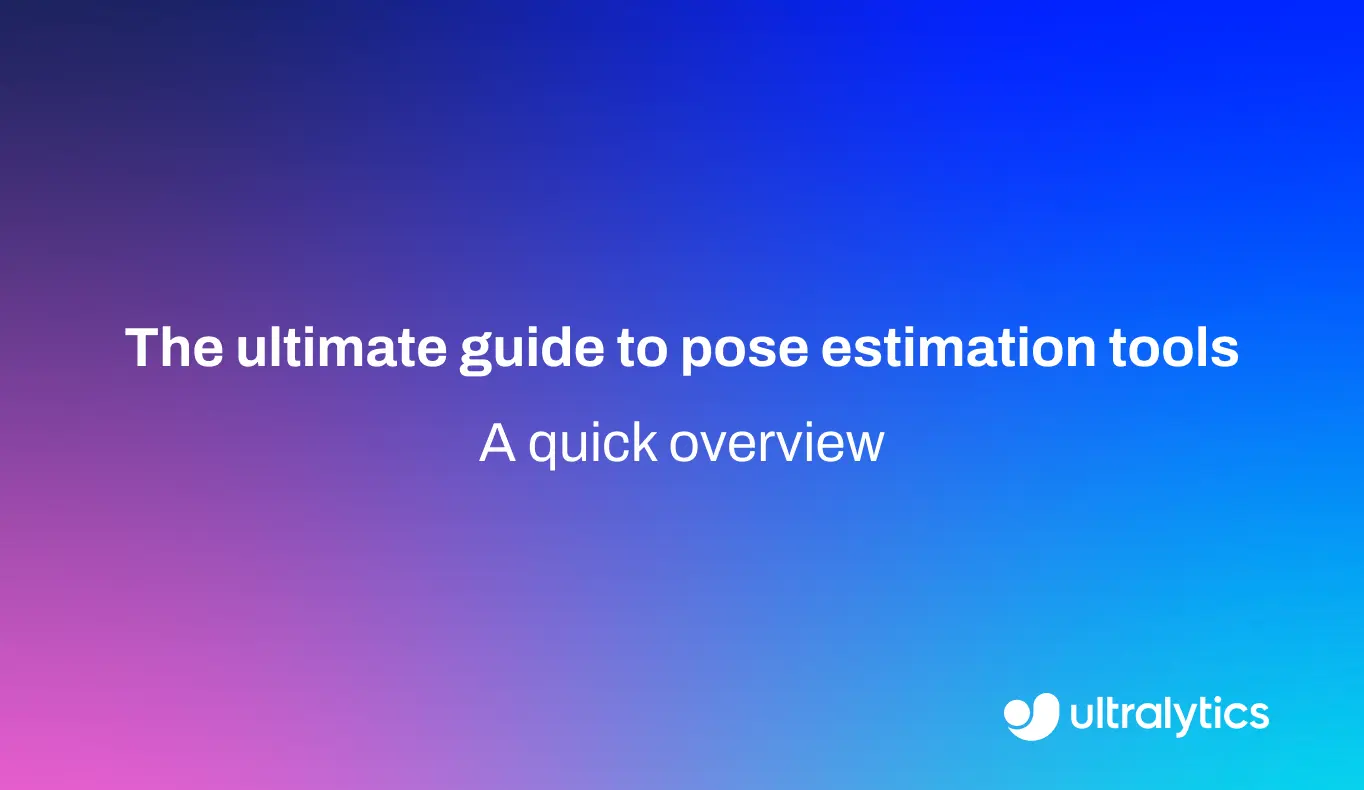Multi-Modal Learning
Discover the power of Multi-Modal Learning in AI! Explore how models integrate diverse data types for richer, real-world problem-solving.
Multi-modal learning is an advanced subfield of
machine learning (ML) where algorithms are
trained to process, understand, and correlate information from multiple distinct types of data, known as modalities.
While traditional AI systems often focus on a single input type—such as text for language translation or pixels for
image recognition—multi-modal learning mimics
human cognition by integrating diverse sensory inputs like visual data, spoken audio, textual descriptions, and sensor
readings. This holistic approach allows
artificial intelligence (AI) to develop
a deeper, context-aware understanding of the world, leading to more robust and versatile predictive models.
The Mechanics of Multi-Modal Integration
The core challenge in multi-modal learning is translating different data types into a shared mathematical space where
they can be compared and combined. This process typically involves three main stages: encoding, alignment, and fusion.
-
Encoding: Specialized neural networks process each modality independently. For instance,
convolutional neural networks (CNNs)
or Vision Transformers (ViTs) extract
features from images, while
Recurrent Neural Networks (RNNs) or
Transformers process text.
-
Alignment: The model learns to map these diverse features into shared high-dimensional vectors
called embeddings. In this shared space, the vector
for the word "dog" and the vector for an image of a dog are brought close together. Techniques like
contrastive learning, popularized by papers
such as OpenAI's CLIP, are essential here.
-
Fusion: Finally, the information is merged to perform a task. Fusion can occur early (combining raw
data), late (combining final predictions), or via intermediate hybrid methods using the
attention mechanism to weigh the importance
of each modality dynamically.
Real-World Applications
Multi-modal learning is the engine behind many of today's most impressive AI breakthroughs, bridging the gap between
distinct data silos.
-
Visual Question Answering (VQA): In
Visual Question Answering (VQA), a
system must analyze an image and answer a natural language question about it, such as "What color is the
traffic light?". This requires the model to understand the semantics of the text and spatially locate the
corresponding visual elements.
-
Autonomous Navigation: Self-driving cars rely heavily on
sensor fusion, combining data from LiDAR point clouds,
camera video feeds, and radar to navigate safely. This multi-modal input ensures that if one sensor fails (e.g., a
camera blinded by sun glare), others can maintain safety.
-
Healthcare Diagnostics:
AI in healthcare utilizes multi-modal learning
by analyzing medical images (like MRI or X-rays) alongside unstructured textual patient history and genetic data.
This comprehensive view assists doctors in making more accurate diagnoses, a topic frequently discussed in
Nature Digital Medicine journals.
Multi-Modal Object Detection with Ultralytics
While standard object detectors rely on predefined classes, multi-modal approaches like
YOLO-World allow users to detect objects using
open-vocabulary text prompts. This demonstrates the power of linking textual concepts with visual features.
from ultralytics import YOLOWorld
# Load a pretrained YOLO-World model (Multi-Modal: Text + Vision)
model = YOLOWorld("yolov8s-world.pt")
# Define custom text prompts (modalities) for the model to identify
model.set_classes(["person", "bus", "traffic light"])
# Run inference: The model aligns the text prompts with visual features
results = model.predict("https://ultralytics.com/images/bus.jpg")
# Show the results
results[0].show()
Differentiating Key Terms
To navigate the landscape of modern AI, it is helpful to distinguish 'Multi-Modal Learning' from related concepts:
-
Multi-Modal Models:
"Multi-Modal Learning" refers to the methodology and field of study. A "Multi-Modal
Model" (like GPT-4 or Gemini) is the specific
artifact or software product resulting from that training process.
-
Computer Vision (CV): CV is
generally unimodal, focusing exclusively on visual data. While a model like
Ultralytics YOLO11 is a state-of-the-art CV tool, it
becomes part of a multi-modal pipeline when its outputs are combined with audio or text data.
-
Large Language Models (LLMs):
Traditional LLMs are unimodal, trained only on text. However, the industry is shifting toward "Large Multimodal
Models" (LMMs) that can natively process images and text, a trend supported by frameworks like
PyTorch and TensorFlow.
Future Outlook
The trajectory of multi-modal learning points toward systems that possess
Artificial General Intelligence (AGI)
characteristics. By successfully grounding language in visual and physical reality, these models are moving beyond
statistical correlation toward genuine reasoning. Research from institutions like
MIT CSAIL and the
Stanford Center for Research on Foundation Models continues to push the
boundaries of how machines perceive and interact with complex, multi-sensory environments.












